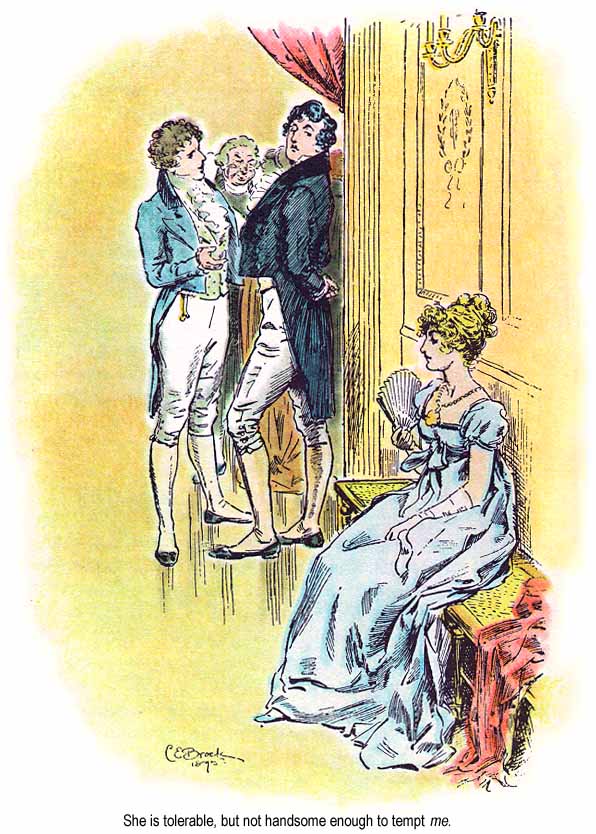She’s famous for being the Prejudiced one in Pride & Prejudice, but—her misjudgement of Darcy and Wickham aside—there’s a lot of sturdy common sense in Lizzy Bennet’s approach to life which we can all make use of. Here are ten principles which she follows.
I: Don’t Need Everyone’s Approval
Not everyone you encounter in this world will like you, for reasons which may or may not have anything to do with you. Don’t let your peace of mind depend on the approval of others.
During her stay at Netherfield, Lizzy gets the distinct impression that Mr Darcy dislikes her. “The supposition did not pain her. She liked him too little to care for his approbation.”


